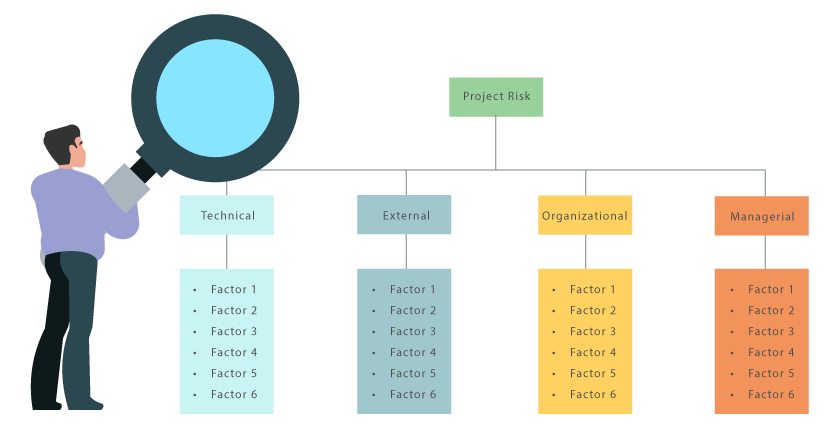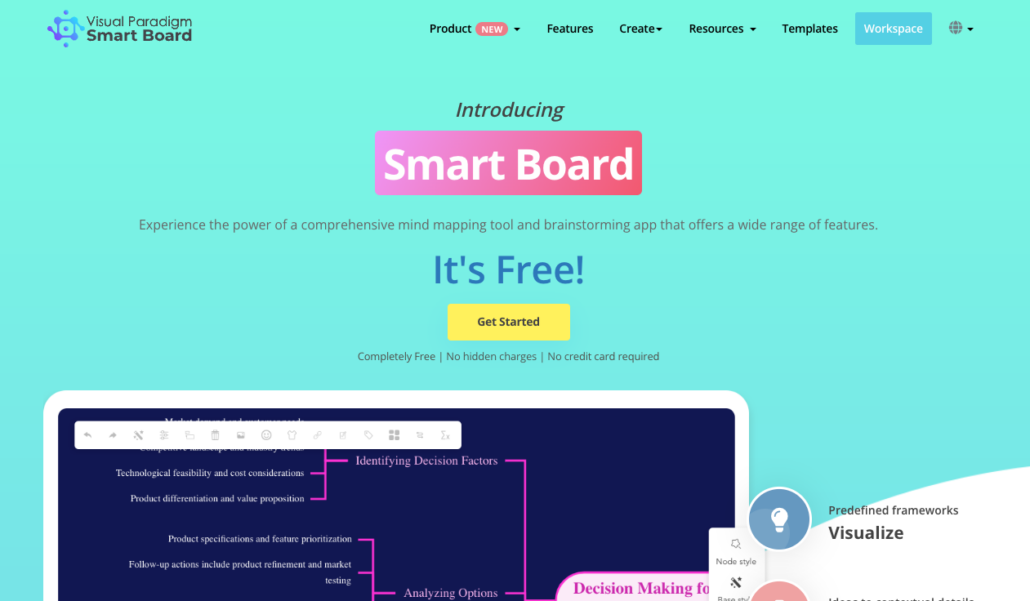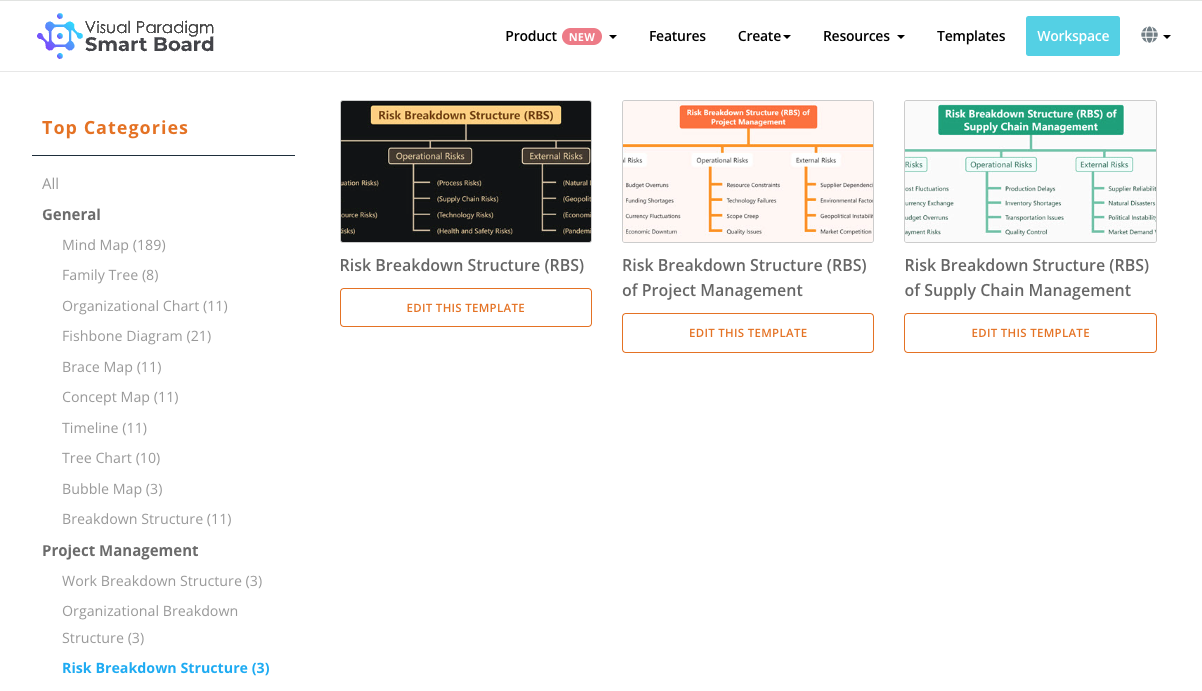How to Create Risk Breakdown Structure Diagram

The use of a Risk Breakdown Structure (RBS) offers numerous benefits, including comprehensive risk identification, proactive risk management, improved communication and collaboration, informed decision-making, and effective risk monitoring and control. It helps organizations navigate uncertainties and challenges, ultimately increasing the likelihood of project success. Visual Paradigm Smart Board offers a user-friendly and customizable platform for creating Risk Breakdown Structures (RBS) at no cost. With its intuitive interface and flexible features, you can easily create an RBS that suits your needs.
What is a Risk Breakdown Structure
A Risk Breakdown Structure (RBS) diagram is a visual depiction that organizes potential risks related to a project, program, or process in a hierarchical manner. It classifies risks into different levels of detail, breaking them down into smaller, more manageable components. This diagram assists stakeholders in systematically identifying, evaluating, and prioritizing risks, offering a comprehensive understanding of potential threats and their impact on project objectives.
What are the benefits of using a Risk Breakdown Structure Mind Map?

- Comprehensive Risk Identification: The Risk Breakdown Structure (RBS) provides a systematic approach to identifying potential risks associated with a project, program, or process. By categorizing risks into different levels of detail, it ensures a comprehensive exploration of risks, leaving minimal room for oversight.
- Structured Risk Assessment: The RBS diagram facilitates a structured approach to risk assessment. It allows stakeholders to evaluate risks based on their impact, likelihood, and other relevant factors. This structured assessment helps in prioritizing risks and allocating appropriate resources for risk management activities.
- Proactive Risk Management: With the RBS diagram, project teams can proactively address potential risks. By visualizing and understanding the various risk components, teams can develop risk mitigation strategies, contingency plans, and preventive measures. This proactive approach minimizes the likelihood and impact of risks on project objectives.
- Enhanced Communication and Collaboration: The RBS diagram serves as a common reference point for project stakeholders, enabling effective communication and collaboration. It provides a shared understanding of the risks, their dependencies, and their potential consequences. This shared knowledge fosters collaboration in risk management activities and promotes alignment among team members.
- Informed Decision-Making: The RBS diagram supports informed decision-making by providing a comprehensive overview of potential risks and their impacts. Project managers and decision-makers can analyze risks based on their likelihood, severity, and potential consequences. This information helps in making well-informed decisions regarding risk response strategies and resource allocation.
How to Create Risk Breakdown Structure (RBS) for Free
Visit Visual Paradigm Smart Board to get started

Click on Create New from the Top Right corner
Select Risk Breakdown Structure from the left menu

Visual Paradigm Smart Board Mind Mapping Tool
Visual Paradigm Smart Board is an intuitive and robust tool for mind mapping, designed to assist individuals and teams in capturing, organizing, and visualizing their ideas in a dynamic and user-friendly manner. With its collaborative and interactive features, Smart Board provides a virtual canvas that facilitates seamless brainstorming, project planning, and creative solution generation.
By utilizing Smart Board, you can create visually appealing mind maps that effectively represent your thoughts, concepts, and the relationships between them. Begin by establishing a central idea or topic and effortlessly expand upon it by adding subtopics, allowing your ideas to naturally grow and interconnect. The tool’s flexible layout and customizable elements enable you to easily rearrange and restructure your mind map as your ideas evolve and develop.

